Both 40G QSFP+SR4 optical transceivers and 40G QSFP+ AOC active optical cables are widely used in 40G data center for short-distance interconnection. Since both can realize short-distance interconnection, what is the difference between them and their advantages and disadvantages? Let's reveal the answer to everyone below.
1. The different power consumption of optical transceivers and active optical cables
The maximum power consumption of the 40G QSFP+SR4 optical transceivers is less than 3.5W, and the maximum power consumption of the 40G AOC active optical cables is less than 1.5W. Obviously, the power consumption of the 40G QSFP+SR4 optical transceivers is greater than that of the 40G AOC active optical cables.
2. The diagnostic monitoring functions of optical transceivers and active optical cables
40G QSFP+SR4 optical transceiver has DDM digital diagnostic monitoring functions, while 40G AOC active optical cable does not have DDM digital diagnostic monitoring function, so SR4 appears to be better than AOC in terms of receiving sensitivity.
3. The different use of optical transceivers and active optical cables
The 40G QSFP+ SR4 optical transceiver needs to be matched with a 12-core MPO multi-mode jumper to achieve interconnection, while the 40G AOC active optical cable comes with its own cable, which can be directly plugged into the device.
4. The different transmission distances of optical transceivers and active optical cables
The transmission distance of 40G QSFP+ SR4 optical transceivers is 100m/300m, while that of 40G AOC active optical cables is generally 70m.
5. The different insertion loss and return loss of optical transceivers and active optical cables
If the optical fiber is inserted into a 40G QSFP+ SR4 optical transceiver, repeated insertion and removal will cause different insertion loss and return loss, and 40G AOC is less affected by repeated insertion and removal during use. Therefore, the repeatability and interchangeability of 40G AOC active optical cable is stronger than that of 40G QSFP+ SR4.
6. The different eye diagrams used by optical transceivers and active optical cables
40G QSFP+ SR4 optical transceivers use optical eye diagrams to determine the quality of optical transceivers, while 40G AOC active optical cables use electrical eye diagrams to determine the quality of active optical cables.
7. The different connection test of optical transceivers and active optical cables
40G AOC active optical cables need to be tested in four quadrants. The four quadrants in a wide temperature range ensure that the MPO interface and optical cables of AOC will not melt at high temperatures. The 40G QSFP+ SR4 optical transceiver needs to be connected with an uncertain performance MPO jumper, so the integrated 40G AOC active optical cable ensures the performance of the product.
8. The different cost of optical transceivers and active optical cables
At present, the price of 40G AOC active optical cables is lower than 40G QSFP+ SR4 optical transceivers, and 40G QSFP+ SR4 optical transceiver also needs to be used with a 12-core MPO multi-mode jumper, so the cost of 40G QSFP+ SR4 optical transceivers is higher than that of 40G AOC active optical cables.
9. The different difficulty in installation and maintenance of optical transceivers and active optical cables
Using 40G AOC active optical cable can not only avoid the cleaning problem of optical transceivers, but also reduce the installation steps to help users save time.
Based on the above comparison, 40G QSFP+ AOC active optical cable is more stable and reliable than 40G QSFP+ SR4 optical transceiver with easier installation and maintainence, and the interconnection cost is lower.

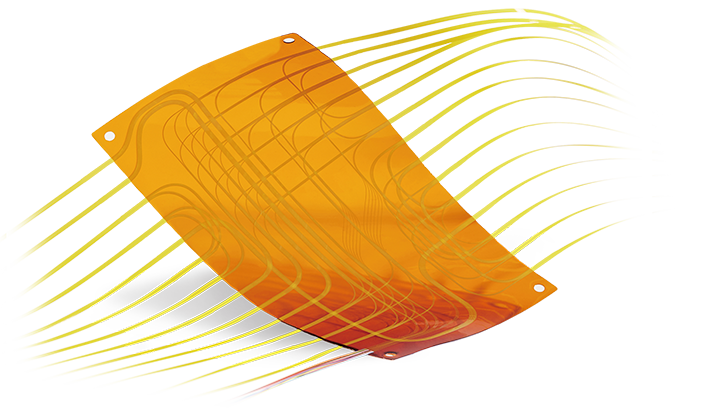 Fiber Optic Flex Circuit (FOFC)
Advanced Simulation & Optimization, High Positioning Accuracy, Flexible Customization, Rigorous Reliability Testing
Fiber Optic Flex Circuit (FOFC)
Advanced Simulation & Optimization, High Positioning Accuracy, Flexible Customization, Rigorous Reliability Testing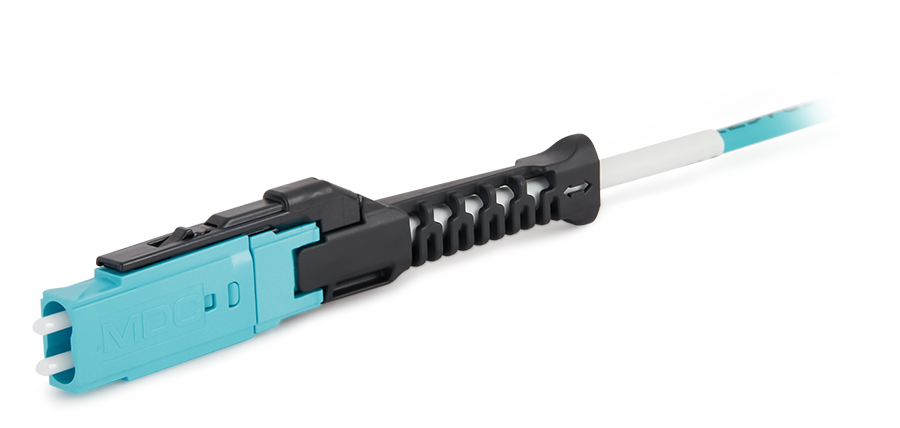 MDC Solution
US Conec's MDC connector is a Very Small Form Factor (VSFF) duplex optical connector, expertly designed for terminating single-mode and multimode fiber cables with diameters up to 2.0mm.
MDC Solution
US Conec's MDC connector is a Very Small Form Factor (VSFF) duplex optical connector, expertly designed for terminating single-mode and multimode fiber cables with diameters up to 2.0mm.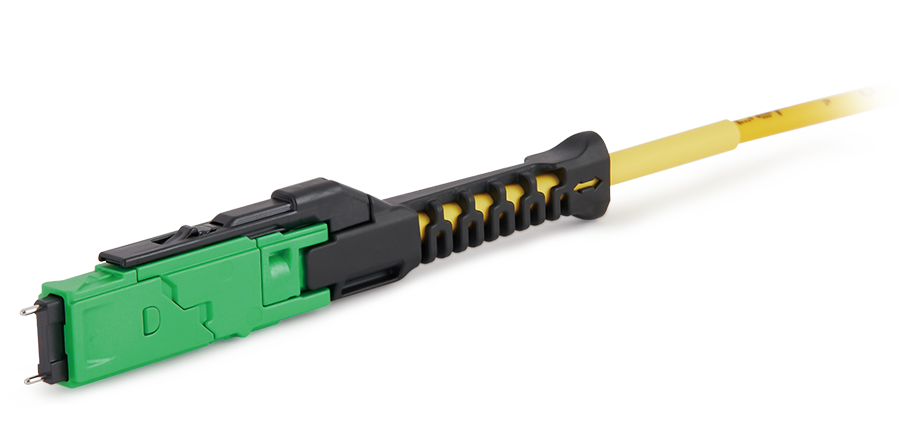 MMC Solution
US Conec's Very Small Form Factor (VSFF) multi-fiber optical connector that redefines high-density connectivity with its cutting-edge TMT ferrule technology and intuitive Direct-Conec™ push-pull boot design.
MMC Solution
US Conec's Very Small Form Factor (VSFF) multi-fiber optical connector that redefines high-density connectivity with its cutting-edge TMT ferrule technology and intuitive Direct-Conec™ push-pull boot design. EN
EN
 jp
jp  fr
fr  es
es  it
it  ru
ru  pt
pt  ar
ar  el
el  nl
nl 

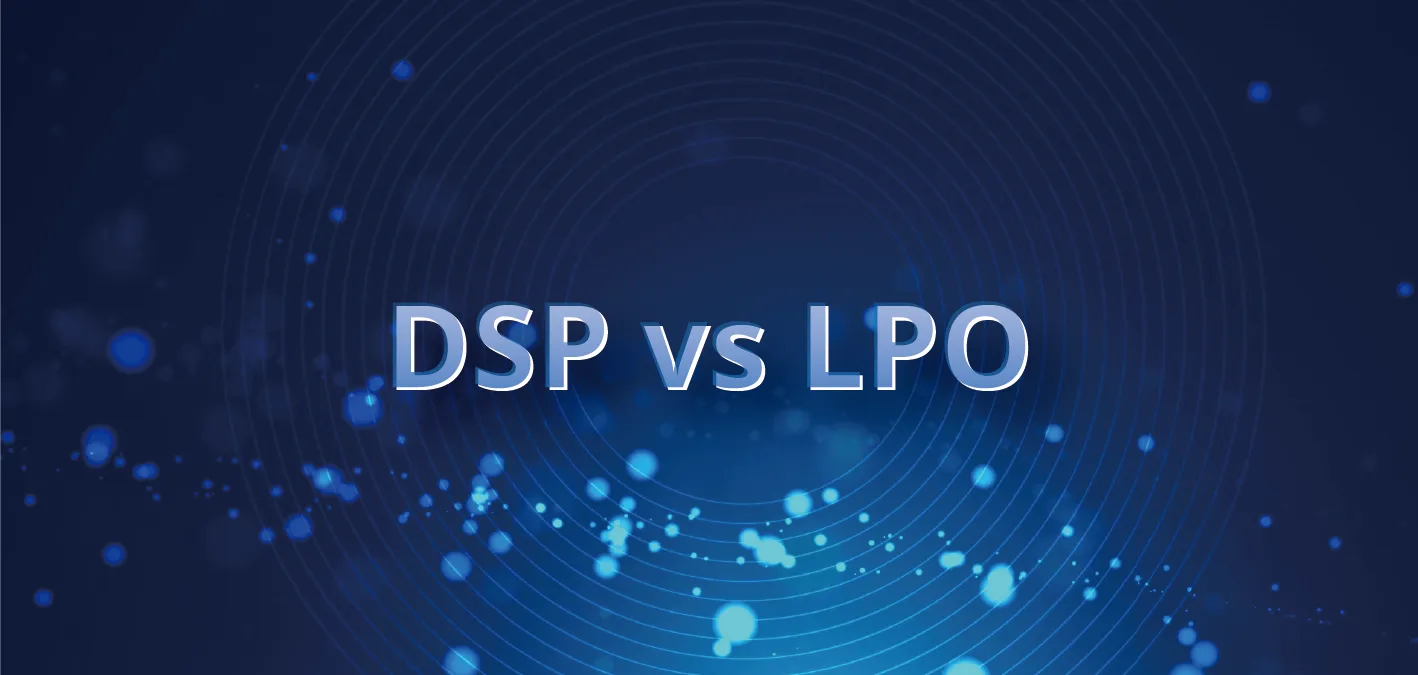
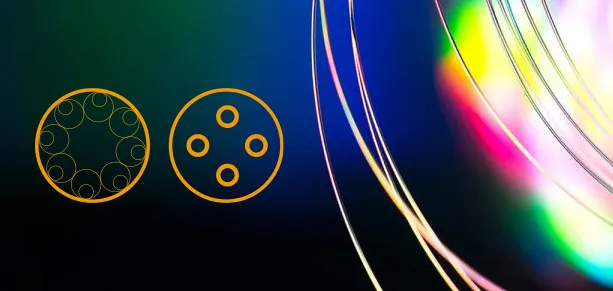
_and_High-Reflection_(HR)_Optical_Coatings.webp)
